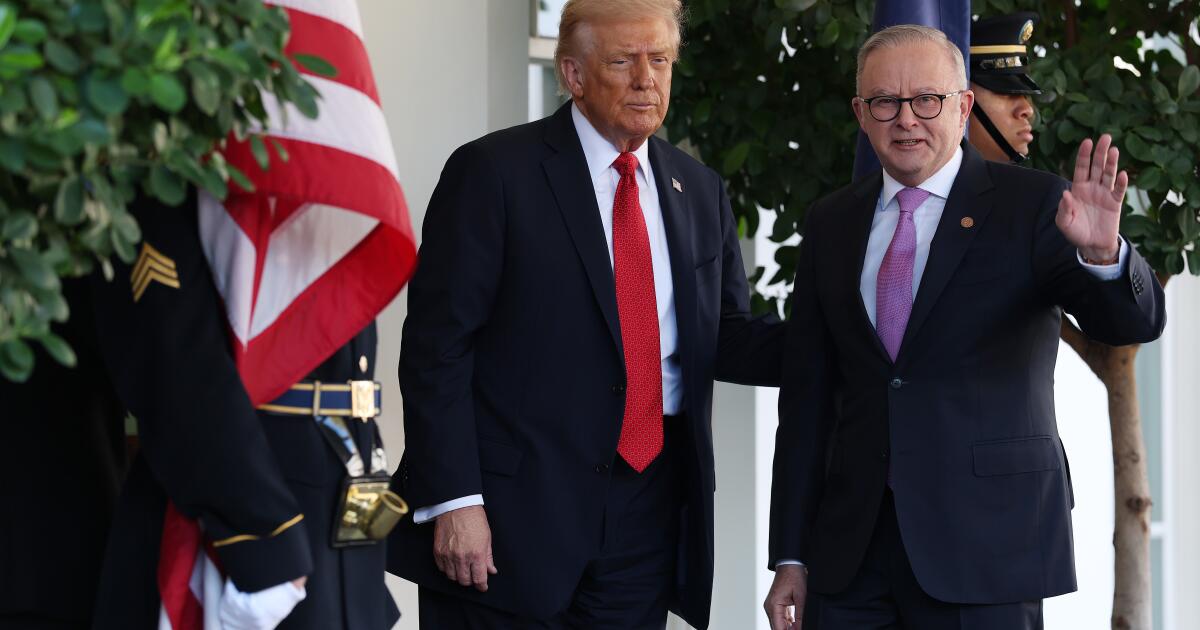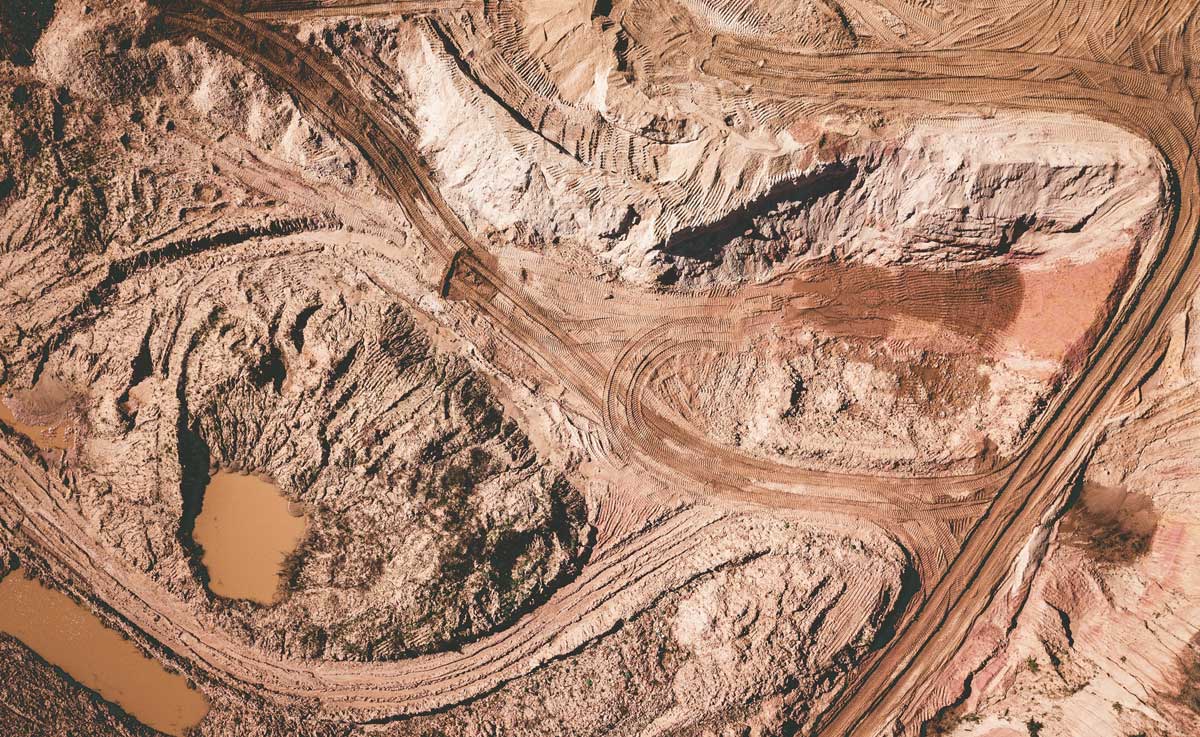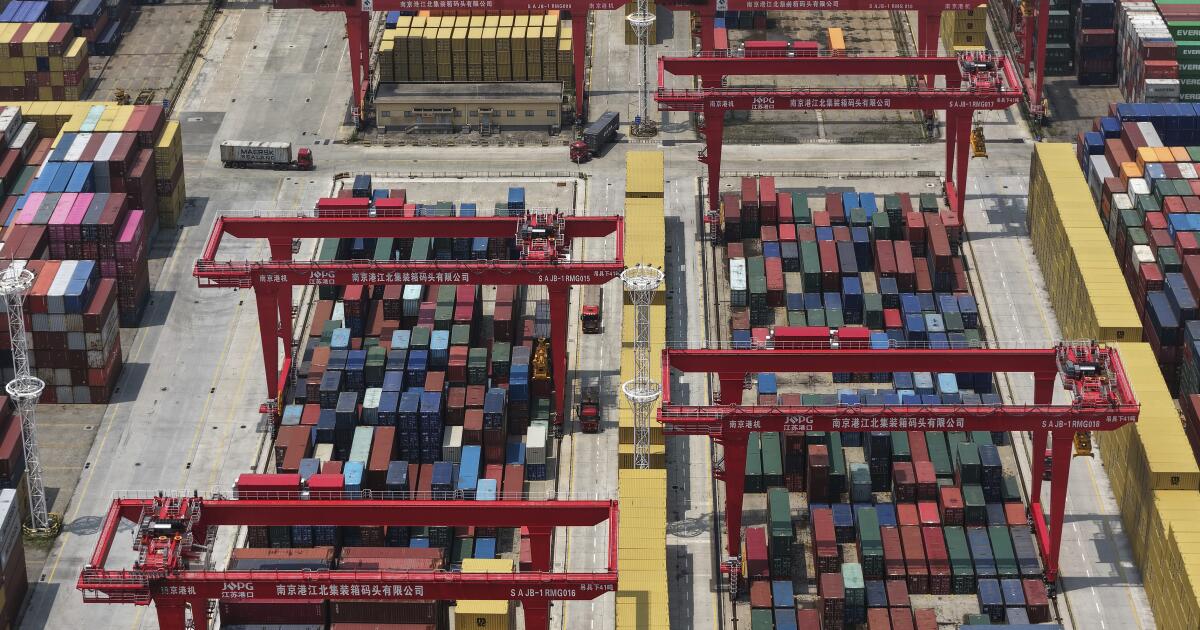Resource competition has intensified between the two great powers, the US and China, due to trade and tariff wars. Recently, both the countries have made major policy shifts in the strategically significant rare earth sector.
China discreetly issued 2025 rare earth mining and smelting quotas to its state-owned enterprises, exhibiting deepening securitization of this sector. The Ministry of Industry and Information Technology (MIIT) previously used to make the announcement public on their website.
The Pentagon became the largest shareholder in MP Materials after buying $400 million worth of stocks. It indicates expanding involvement of the US government in the domestic rare earth industry since MP Materials operates the sole mining facility in the US. This move faces severe backlash, with critics comparing it with China’s approach to market intervention.
Consequently, China has intensified its efforts to maintain overarching dominance over the global rare earth market, and the US strives to claw back its control over strategically important raw materials.
Quick guide to rare earth complexities
Rare earth elements (REEs) are a group of seventeen metallic elements. Their requirement in high-tech applications in medicine, the military, and green technologies is indispensable. The REEs are not so rare, as the name suggests. Yet the real limitation lies in locating them in clusters for economic viability. All the more difficult is smelting, separating, and processing these elements.
China is the net importer of REEs, mining 70%, with the rest being extracted by Myanmar, Australia, and the United States. However, China enjoys a near-monopoly in processing 90% of the rare earths globally.
Over the years, China has built self-sustaining rare earth supply chains domestically. That implies managing upstream extraction to midstream processing and, to a greater extent, even downstream manufacturing.
Just as access to oil shaped global geopolitics during the last century, access to rare earths is shaping current geopolitics in this great power competition. And China is weaponizing its preeminence over REE supply chains by tightening its control to offset the US.
China’s control over rare earths came with a huge brunt.
China discovered the strategic value of REEs in the formative years of building the country’s economic base. China has been investing heavily in the R&D since the discovery of rare earth deposits in Bayan Obo, Inner Mongolia, in 1927. Today, it holds the rank of largest known deposit of REEs and constitutes over 90% of China’s entire reserves.
Deng Xiaoping’s signature policy of 1978 is credited for kick-starting the opening up of the Chinese economy and integrating China into the global market. As a cherry on top for Chinese authorities came the “environmental decade” in the 1970s in the United States, marked by dozens of environmental legislations.
Rare earth extraction and processing have severe environmental repercussions. Certainly, US private firms were in search of a scapegoat to outsource environmental costs and exploit cheap labor.
Chinese authorities were willing to face the brunt of ecological damage for speedy economic growth. It turned out that the short-term economic interests overshadowed the long-term strategic interests of America.
What exacerbated the matter was illegal and unregulated mining of rare earths. The parallel economy flourished as global consumption for rare earth multiplied year on year. Chinese authorities have taken cognizance but struggle to put a stop to these activities.
China has doubled down on its efforts to curb unlicensed extraction and harden the compliance systems facing immense pressure from Trump’s tariff war.
Chinese market manipulation tricks came in handy.
By the 1990s, bifurcating prices of rare earths for the Chinese domestic market and international market had compelled many US businesses to shut down.
China carried out price manipulation in two tiers. First, it made sure to service its domestic needs by selling at cheaper rates than the products that were being exported. Second, pricing it underneath the other global firms in the international market but higher than the domestic price levels.
In the beginning, this created incentive for international companies to establish their manufacturing units in China. But eventually almost all firms went bankrupt, losing their competitive edge against Chinese SOEs.
In addition, China has been consolidating its rare earth assets to raise its global competitiveness and pricing power. In Dec 2021, three mega SOEs were merged to form a megafirm, China Rare Earth Group. Today, only two mega conglomerates are operating: China Rare Earth Group and China Northern Rare Earth Group. In fact, export quotas are entrusted to only these two mega firms.
Export quotas introduced in 1999 have expanded and tightened over the years. Though year-wise mining and smelting quotas have increased, the annual growth rates see a downturn. This time not disclosing the quotas publicly for ‘security reasons’ will exacerbate uncertainties in the international market. It seems like a calculated strategy of Chinese authorities to maintain their stronghold over the global market of rare earths but making sure to provide enough to maintain dominance.
Some scholars do articulate China’s policies to clamp down on its rare earth industry from a different lens, essentially, to address domestic interests. The Chinese authoritarian state is caught up in securing control and increasing production efficiency.
Trump responding vigorously to counterbalance Chinese dominance
The Pentagon becoming the largest stakeholder of MP Materials to cushion a strategic sector is nothing unusual. The US government and its agencies have a history of getting involved in sectors of national and economic significance. This underscores the fact that great powers have historically used market distortions as a tool to uphold their supremacy.
Establishing a cutting-edge supply chain with like-minded states would take over a decade and cost well over a trillion dollars in that period. Americans have to catch up on the long road ahead that the Chinese took decades to build. Therefore, Trump initiated the first-of-their-kind policy measures to hasten up the catching-up process. These policy initiatives are aimed at enhancing collaboration for clean energy technologies, building resilient supply chains, and reducing dependencies.
On April 30, 2025, the US and Ukraine signed a long-awaited minerals deal. Trump’s ambition to gain control over Greenland, a strategically located island in the Arctic, to the extent of using military force wasn’t just about national security. Rather driven by desire to control rich untapped resources, including rare earth minerals, copper, gold, uranium, iron, oil, etc.
Trump’s efforts will take years to bear fruit. Prior to that, the US must build an investment-friendly environment. A report by consultancy S&P Global found that on average it takes nearly 29 years to build a new mine for the critical minerals in the US, the second-longest in the world. The process to obtain a mining permit is lengthy and confusing, which harms efforts to counterbalance China’s near-dominant positioning.
world of weaponized interdependence
Henry Farrell and Abraham Newman argue cold war animosity was replaced by a new world of networks that accentuated harmonious relationships. They suggest countries are more entwined than ever, but rather than easing hostilities, interdependence is used by states against their adversaries.
Great power competition is being increasingly impacted by what they called “weaponized interdependence.” China’s dominance over the supply lines of rare earths gives it the edge to fight this battle for long.


